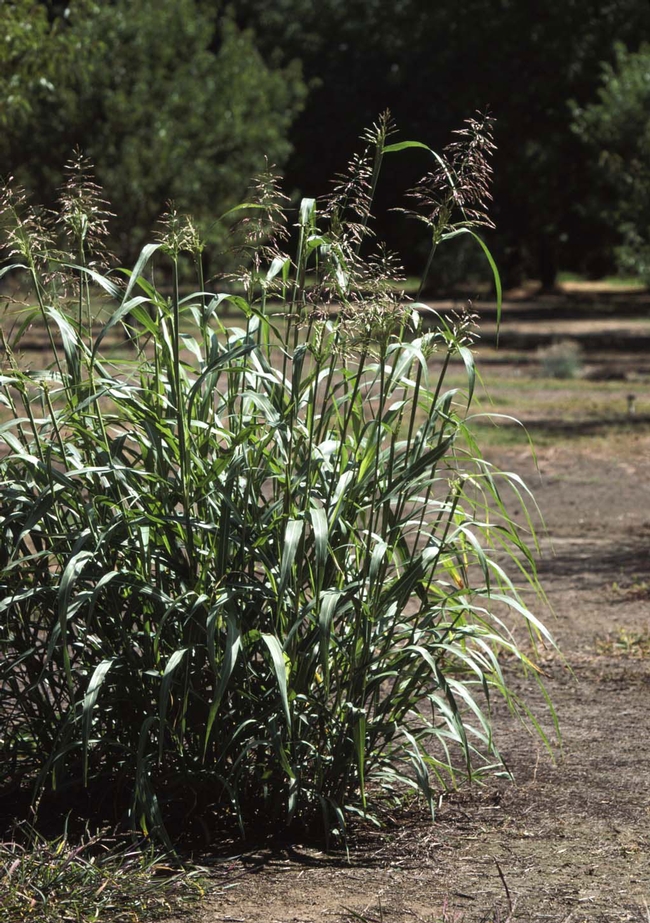Posts Tagged: Johnsongrass
Johnsongrass in organics: Mow it?
Yes, mow it! Mowing works to at least prevent seed spread and regular mowing will weaken rhizomes. Seed establishment has the greatest potential for...
Invasive superweed Johnsongrass is the target of a new nationwide research effort
A team of researchers has received a $5 million grant from the U.S. Department of Agriculture to find new ways to combat Johnsongrass, one of the most widespread and troublesome agricultural weeds in the world.
“Johnsongrass is a huge problem,” said Jeff Dahlberg, UC Cooperative Extension sorghum specialist and director of the UC Kearney Agricultural Research and Extension Center in Parlier, Calif. “It impacts many different crops and is very hard to control.”
Dahlberg is part of the team that includes scientists from Virginia, Kansas, North Carolina, Texas and Georgia. Andrew Paterson, director of the Plant Genome Mapping Laboratory at the University of Georgia, Athens, is the lead investigator.
The naturalization of Johnsongrass across much of the U.S. has also allowed the plant to develop attributes — such as cold and drought tolerance, resistance to pathogens and the ability to flourish in low-fertility soils — that make it particularly difficult to control. Adding to the challenge is the adoption of herbicide-resistant crops around the world.
“Herbicide-resistant crops have been associated with a dramatic increase in herbicide-resistant weeds,” Patterson said. “With 21 genetically similar but different types of Johnsongrass known to be resistant to herbicides, it will only become more problematic in the future.”
Over the course of their five-year project, the researchers will work to better understand the weed's capabilities and the genes that make Johnsongrass so resilient. Johnsongrass [Sorghum halepense] is closely related to sorghum [Sorghum bicolor (L.) Moench], a healthy gluten-free grain, animal feed and biofuel crop. Lessons learned from the Johnsongrass research may lead to strategies to improve sorghum.
For his part, Dahlberg plans to use the global information system (GIS) to map the locations of Johnsongrass in California to better record its distribution in the state and to help understand how it spread into California by relating it to other populations of johnsongrass in the U.S.
“Ideally, we will use an app to map, identify, manage, and catalog populations that have developed different traits – such as susceptibility to plant disease, ability to host a particular insect, or resistance to herbicides,” he said.
This information may lead to new management strategies that target and curb its growth, providing farmers with more options to combat the invasive plant. The researchers also hope that learning more about the fundamental structures that give Johnsongrass its unusual resilience will pave the way for new genetic tools to improve useful plants, such as sorghum.
Other researchers working on this project are Jacob Barney, Virginia Tech; C. Michael Smith, Kansas State University; Wesley Everman, North Carolina State University; Marnie Rout, University of Texas, Temple; and Clint Magill and Gary Odvody, Texas A&M University.


